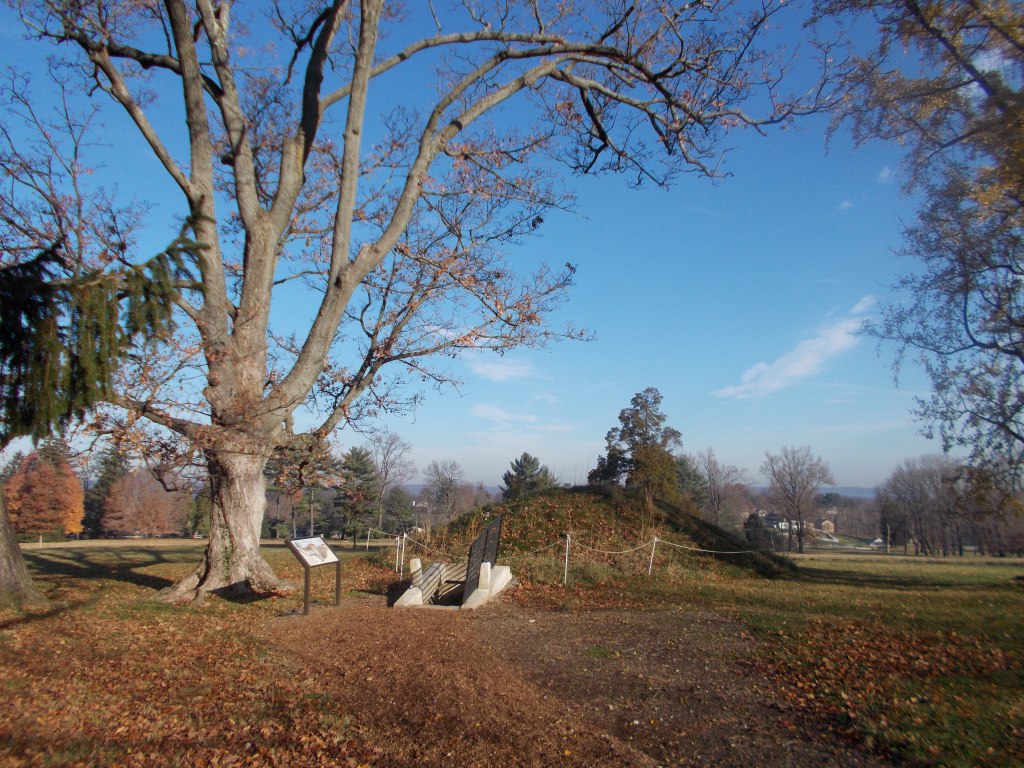The Cultivator offered this advice in 1864:
Related searches
Related searches
Related searches
Related searches
Related searches
Related searches
Related searches
Related searches
Related searches
Related searches
Related searches
Jane Austen's World
This Jane Austen blog brings Jane Austen, her novels, and the Regency Period alive through food, dress, social customs, and other 19th C. historical details related to this topic.
The 1790 Ice House at Hampton Mansion
November 25, 2012 by Vic
Hampton Mansion’s ice house is located near the circular drive and in front of what once was the laundry. From a distance it resembles a grassy knoll.
The entrance is open to visitors. I clambered down the steep stairs with Alan, a park ranger who kindly guided me down the dark pit.
In winter, slaves or paid workers cut large blocks of ice from frozen ponds on the property. They handed them up the hill on sledges. The ice was shovelled through a hatch into the cone-shaped cavity that extends 34 feet below ground.” – Text, National Park Service
Men entered the cavity through the passage and packed the ice down, often pouring water over it to make it freeze. As the ice melted the mass slid down the cone-shaped pit but stayed compact.” – Text, National Park Service

When the Ridgelys needed ice, a servant would descend into the pit, chip off what was needed, and hoist or carry the load up a ladder and out the passage.” – Text, National Park Service
M















